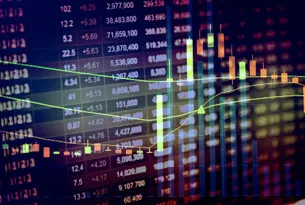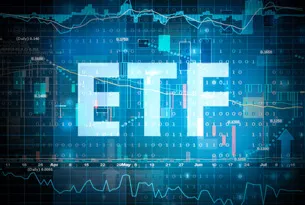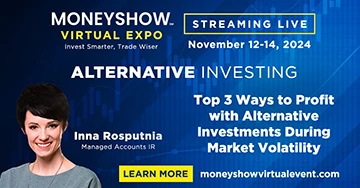While all the gurus I follow have built their fame and fortunes using different investment approaches, there is at least one striking similarity that most—if not all—of them share: they are contrarians, observes John Reese, editor of Validea.
When the rest of Wall Street is zigging, they are zagging; when Wall Street zags, they zig. But while most of these gurus are contrarians, one in particular is known for being, well, the most contrarian: David Dreman.
Throughout his long career, Dreman has sifted through the market's dregs in order to find hidden gems, and he has been very good at it. His Kemper-Dreman High Return Fund was one of the best-performing mutual funds ever.
Throughout his career, Dreman has keyed in on down-and-out diamonds in the rough. At the core of his research is the belief that investors tend to overvalue the best stocks—those hot stocks everyone seems to be buying—and undervalue the worst stocks—those that people are avoiding like the plague.
Specifically, Dreman compared a stock's price to four fundamentals: earnings, cash flow, book value, and dividend yield.
But Dreman also realized that just because a stock was overlooked, it wasn't necessarily a good buy. After all, investors sometimes are right to avoid certain poorly performing companies.
What Dreman wanted to find were good companies that were being ignored, often because of apathy or overblown fears about the stock or its industry. To find those good firms, he used a variety of fundamental tests including return on equity, the current ratio, and the debt/equity ratio.
Because Dreman took advantage of the overreactions of others, he found that one of the best times to invest was during a crisis. This approach isn't for the faint-of-heart.
The portfolio, which had trounced the S&P from its inception through 2006, fell on tough times, as fears about the economy grew, lagging the S&P by about 15 percentage points in both 2007 and 2008.
But, as fears abated and the crisis passed, investors began to recognize the strong stocks they'd been shunning. And the Dreman portfolio reaped the benefits, returning more than 37% in 2009 (versus 23.5% for the S&P) and 23.1% in 2010 (versus 12.8% for the S&P).
Since its July 2003 inception, the ten-stock Dreman-based portfolio is well ahead of the S&P 500, returning 100.8%, or 7.2% annualized, versus 68.5%, or 5.3%, for the S&P (through August 14).
As you might imagine, the portfolio will tread into areas of the market others ignore, because of its contrarian bent. Right now, its holdings include some very unloved firms, including several financials, emerging market stocks, and much-maligned BP. Here's a look at five of the stock in our Dreman portfolio:
- Canadian Imperial Bank of Commerce (CM)
- BP Plc (BP)
- Telecom Argentina SA (TEO)
- China Mobile Limited (CHL)
- Vale SA (VALE)
More from MoneyShow.com:









































